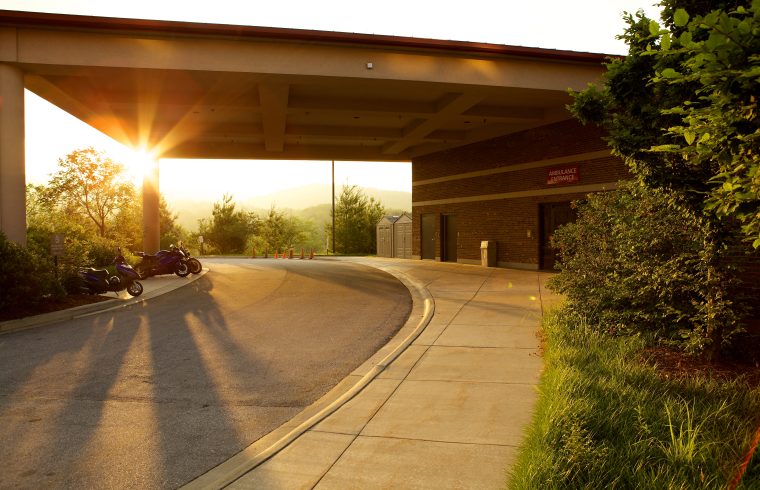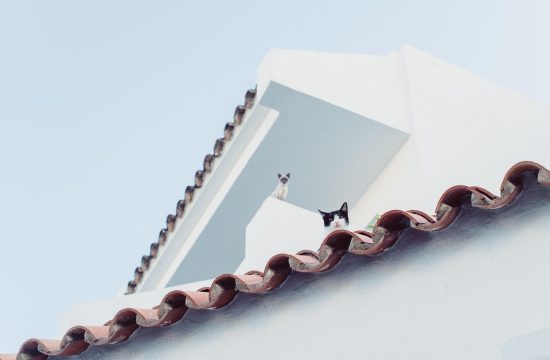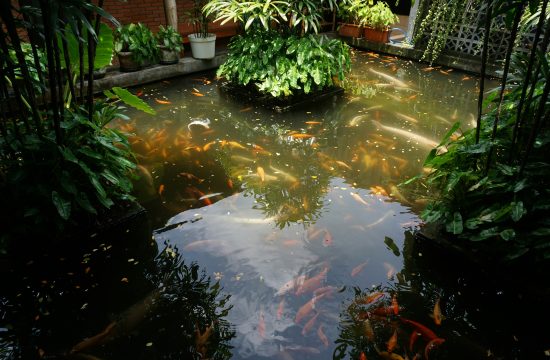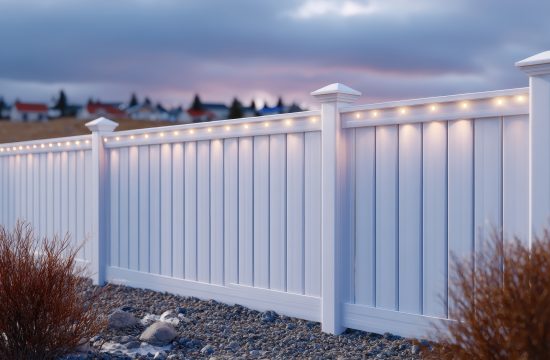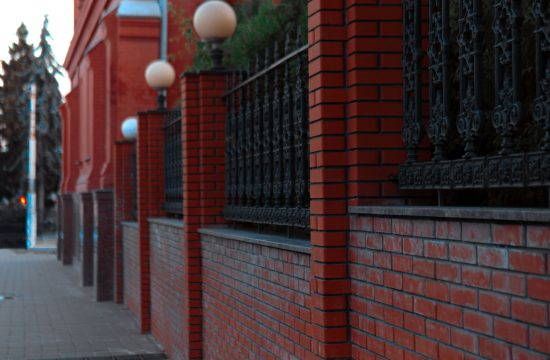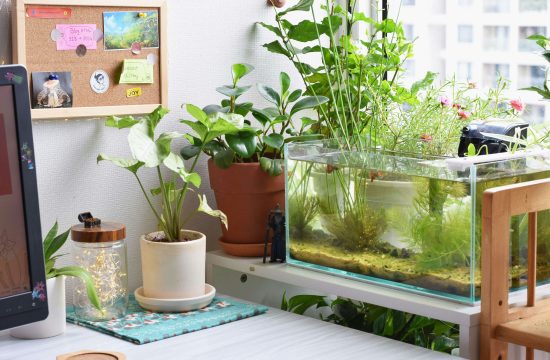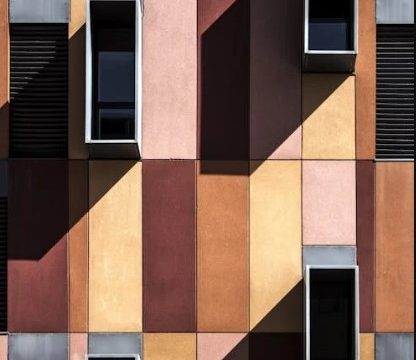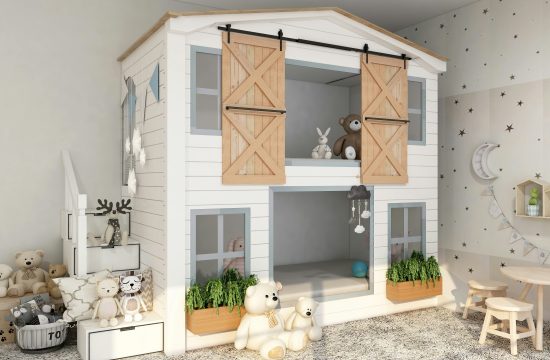Selecting the right material for your carport canopy is crucial for ensuring comfort and durability. With so many options, such as polycarbonate, spandek, and uPVC, it’s easy to become overwhelmed. Each material has different characteristics, particularly with regard to high-temperature resistance and insulation capabilities.
Selecting the appropriate material ensures that the carport will protect against rain and provide effective heat protection, safeguarding vehicles from damage caused by excessive sun exposure.
Polycarbonate for Carport Canopies
Polycarbonate is a thermoplastic polymer known for its strength, durability, and stiffness. Often chosen as a substitute for glass, this material is popular for canopies due to its transparency and light weight.
Polycarbonate (PC) is produced from a combination of bisphenol A and phosgene. One advantage of polycarbonate is its high light transmittance, which can exceed 90% in clear sheets. This makes it ideal for applications requiring natural lighting under the canopy. It is available in various forms, including solid, hollow (twinwall or multiwall), and corrugated sheets. Hollow sheets offer advantages in terms of thermal and acoustic insulation due to the air spaces within them.
Advantages of Polycarbonate:
- High impact resistance: This material is 200 times stronger than glass, so it is resistant to shattering.
- Its good light transmission allows natural light to enter, keeping the area under the canopy bright and reducing the need for artificial lighting.
- Its light weight simplifies installation and reduces the load on the supporting structure.
- Its design flexibility is an attractive feature because this material can be easily shaped and bent, allowing for a variety of canopy designs.
- Many modern sheets have a UV-protective coating that prevents yellowing and protects against harmful ultraviolet radiation.
Disadvantages of polycarbonate:
- First, it is relatively more expensive than Spandex or uPVC.
- Second, while it is heat-resistant, it can begin to soften or warp at temperatures above 120°C.
- Polycarbonate’s surface is also easily scratched if not properly maintained.
- Finally, polycarbonate experiences significant expansion and contraction with temperature changes, requiring special attention in design and installation.
Spandek for Carport Canopies
Spandek is a roofing material made from a combination of zinc and aluminum. It is often referred to as galvalume lightweight steel. It is composed of 55% aluminum, 43.5% zinc, and 1.5% silicon, which provides an optimal combination of strength, durability, and light weight.
It is available in sheet metal form, shaped into wavy or trapezoidal profiles. The aluminum content offers corrosion resistance, and the zinc provides cathodic protection against scratches or cuts. Due to its superior strength, durability, and ease of installation, Spandek roofing is widely used in various types of buildings.
Advantages of Spandek:
-Strong and durable: The metal material is robust and can withstand extreme weather conditions, impacts, and corrosion.
- Lightweight: Although it is made of metal, Spandek is relatively lightweight compared to other roofing materials, making it easy to install.
- It is rust-resistant: use galvalume coating, which provides excellent protection against rust, making it a durable choice in humid environments.
- Color Options: It is available in a variety of colors, allowing for customization to suit the desired building design.
Disadvantages of Spandek:
- Heat and Sound Conductor: Spandek conducts heat well, so it can make the area under the canopy feel hotter if not insulated. It also tends to produce quite a bit of noise when it rains.
- It is not transparent, so it doesn’t allow natural light to enter. This can make the area under the canopy dark and may require additional lighting.
- Potential corrosion at joints: Although Spandek is rust-resistant, cuts or joints that are not properly protected are still at risk of corrosion.
uPVC for Carport Canopies
uPVC, which stands for unplasticized polyvinyl chloride, is a type of hard plastic that is phthalate and BPA-free, making it a safer and more environmentally friendly option. This material is widely used for window frames, doors, and roofs, thanks to its strength and resistance to extreme weather.
uPVC is an unplasticized form of PVC, resulting in a stronger and more durable material. In canopy applications, uPVC is often produced in corrugated or hollow (twinwall) sheet form, similar to polycarbonate, to increase structural strength and thermal insulation capabilities. Furthermore, this material is highly resistant to chemicals, water, and UV degradation, making it a highly durable choice for outdoor use.
Advantages of uPVC:
- Good thermal and sound insulation. The hollow structure of uPVC sheets provides excellent insulation properties, keeping the temperature under the canopy cool and reducing rain noise.
- It is highly resistant to corrosion and chemicals.
- It is lightweight yet strong, making it a sturdy choice for roofs and canopies.
- Easy maintenance: This material requires minimal maintenance and no painting or special treatment; only occasional cleaning is necessary.
- Fire resistance: uPVC is non-combustible and has good fire resistance, which can help limit the spread of fire.
Disadvantages of uPVC:
- Lack of transparency: This material is generally opaque or semi-transparent, so it does not transmit light as well as clear polycarbonate.
- Lower impact resistance than polycarbonate: Although uPVC is strong, it does not have as high an impact resistance as polycarbonate, making it more susceptible to damage from heavy impacts.
- Thermal Expansion: Like other plastics, uPVC experiences expansion and contraction due to temperature changes. This needs to be taken into account during installation to avoid problems such as warping.
–sh


